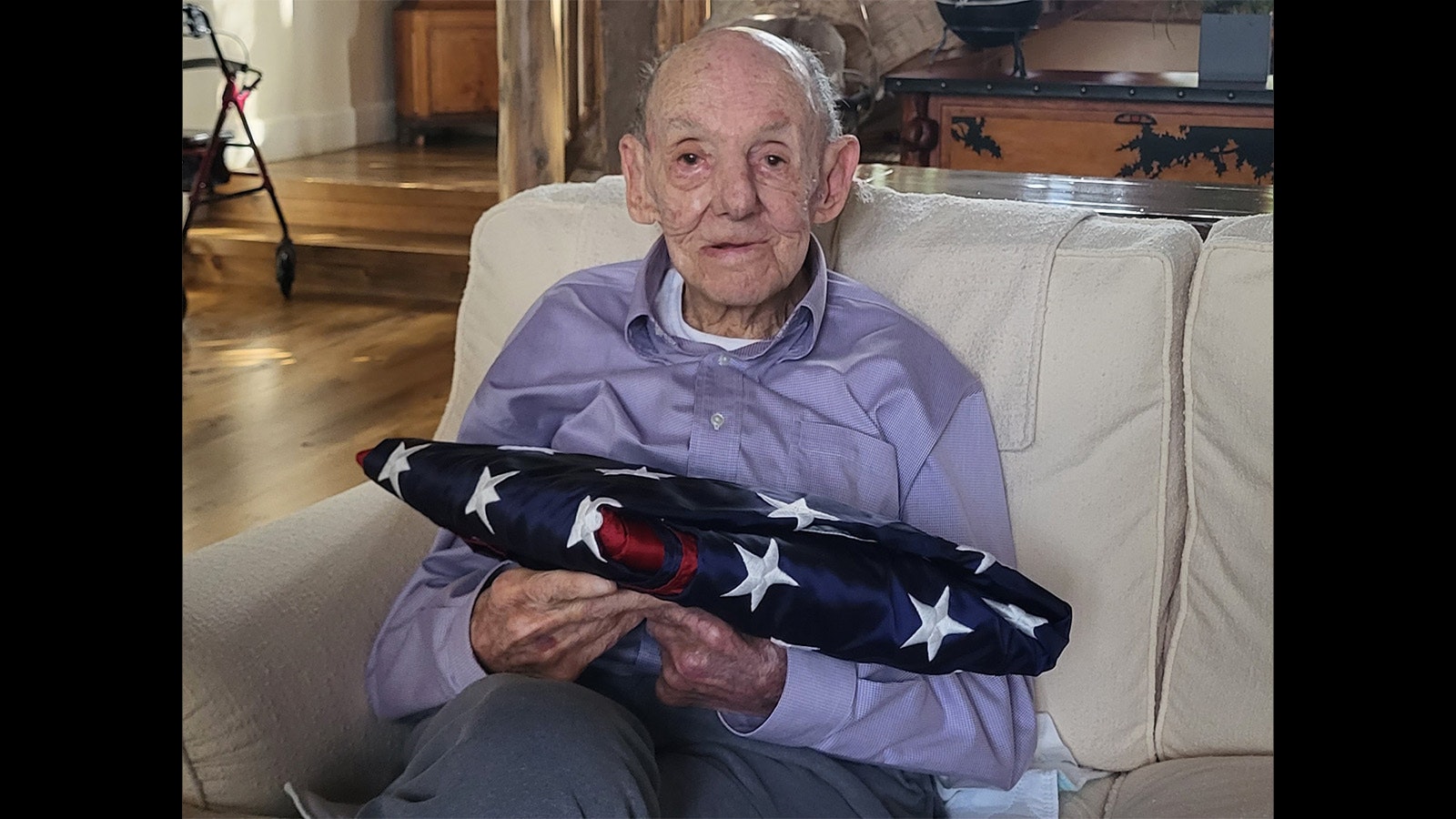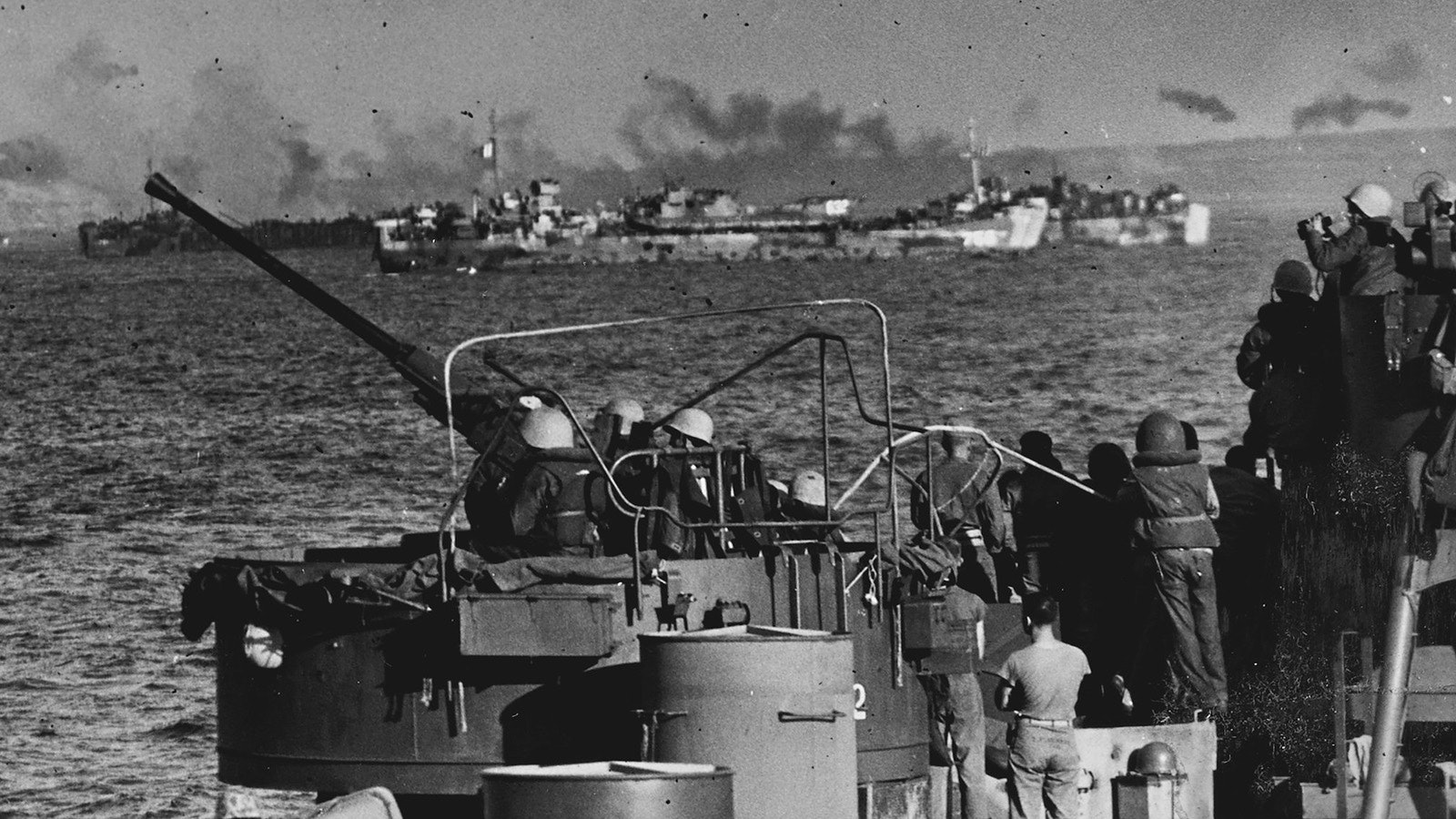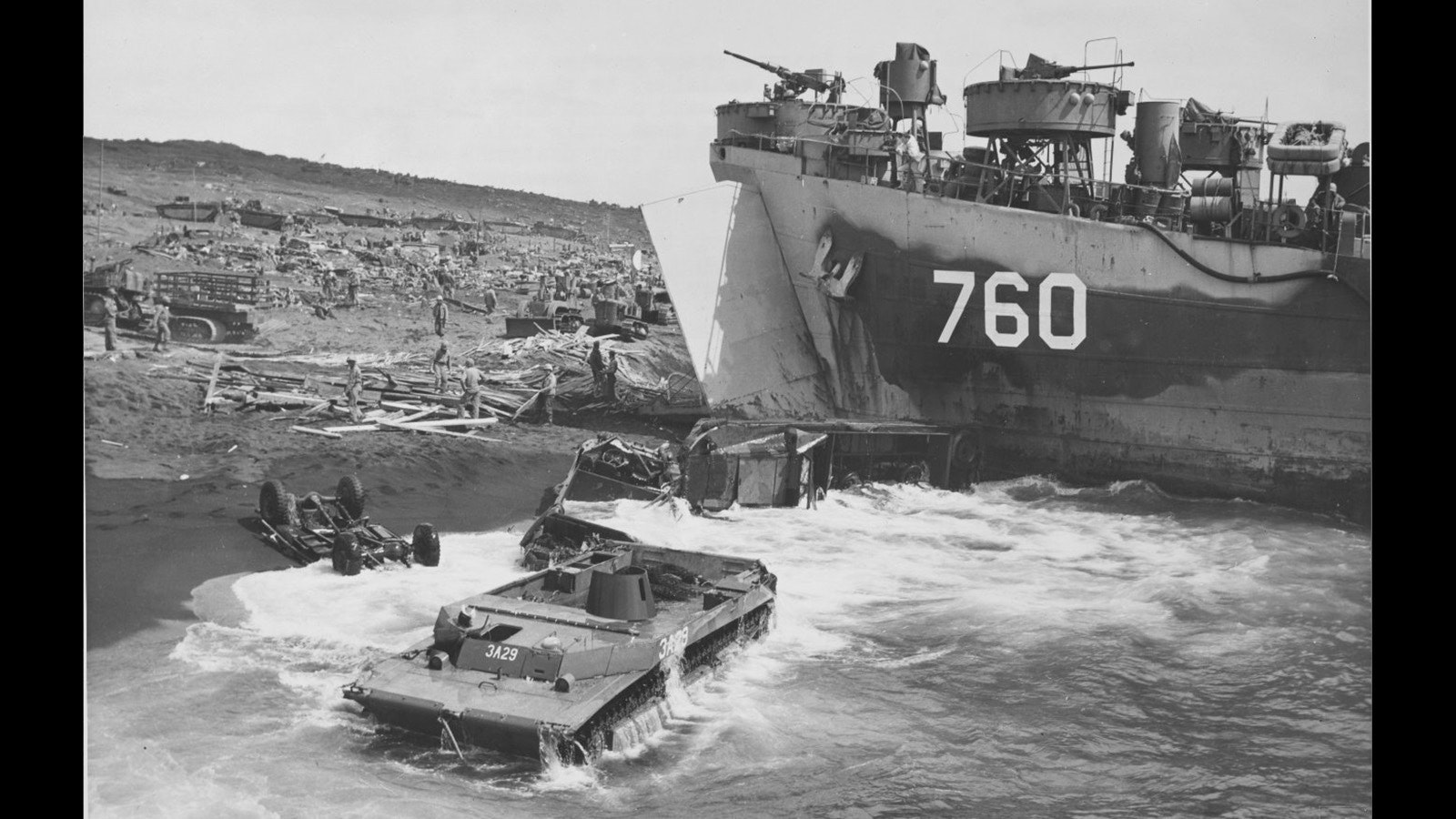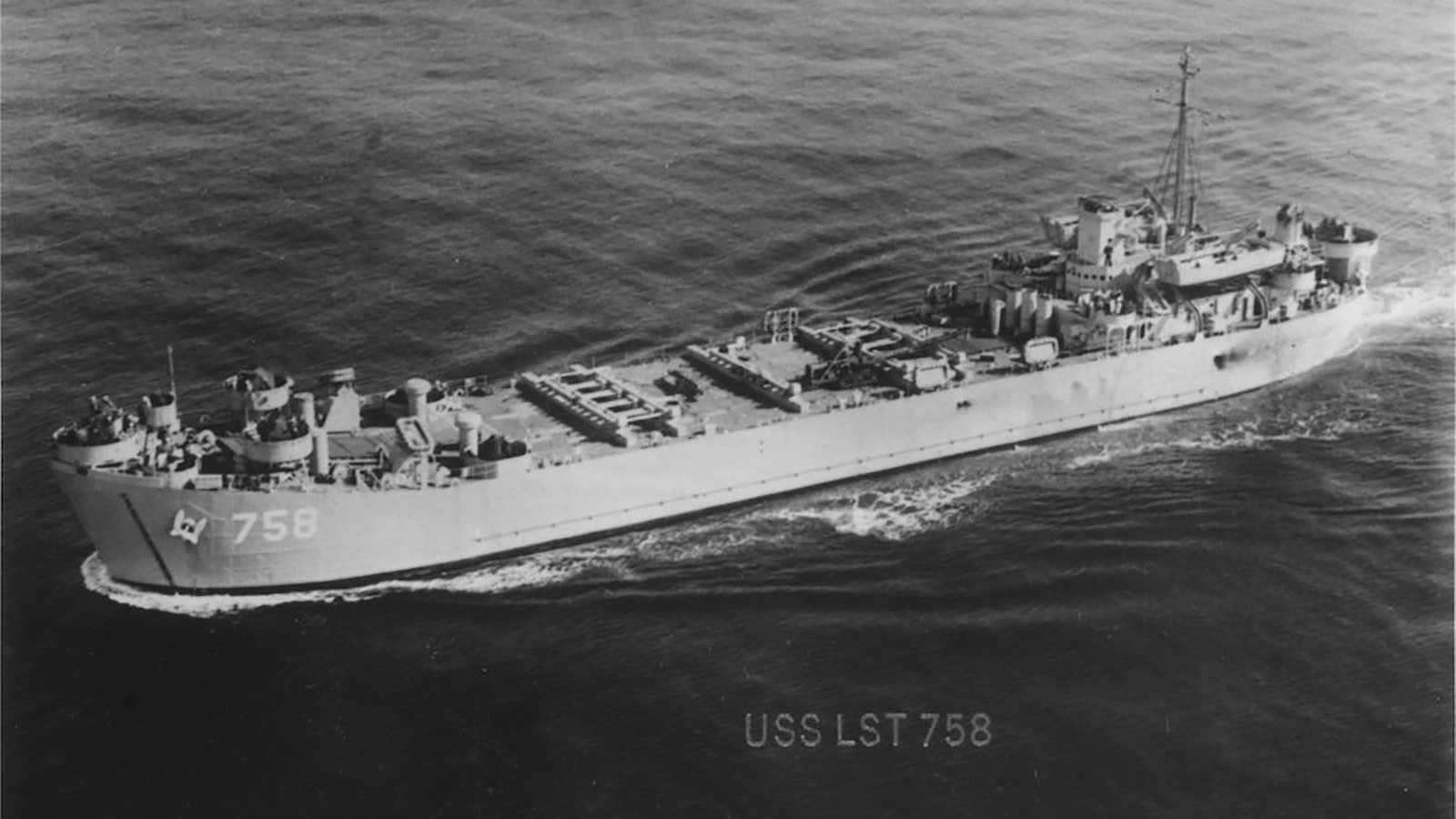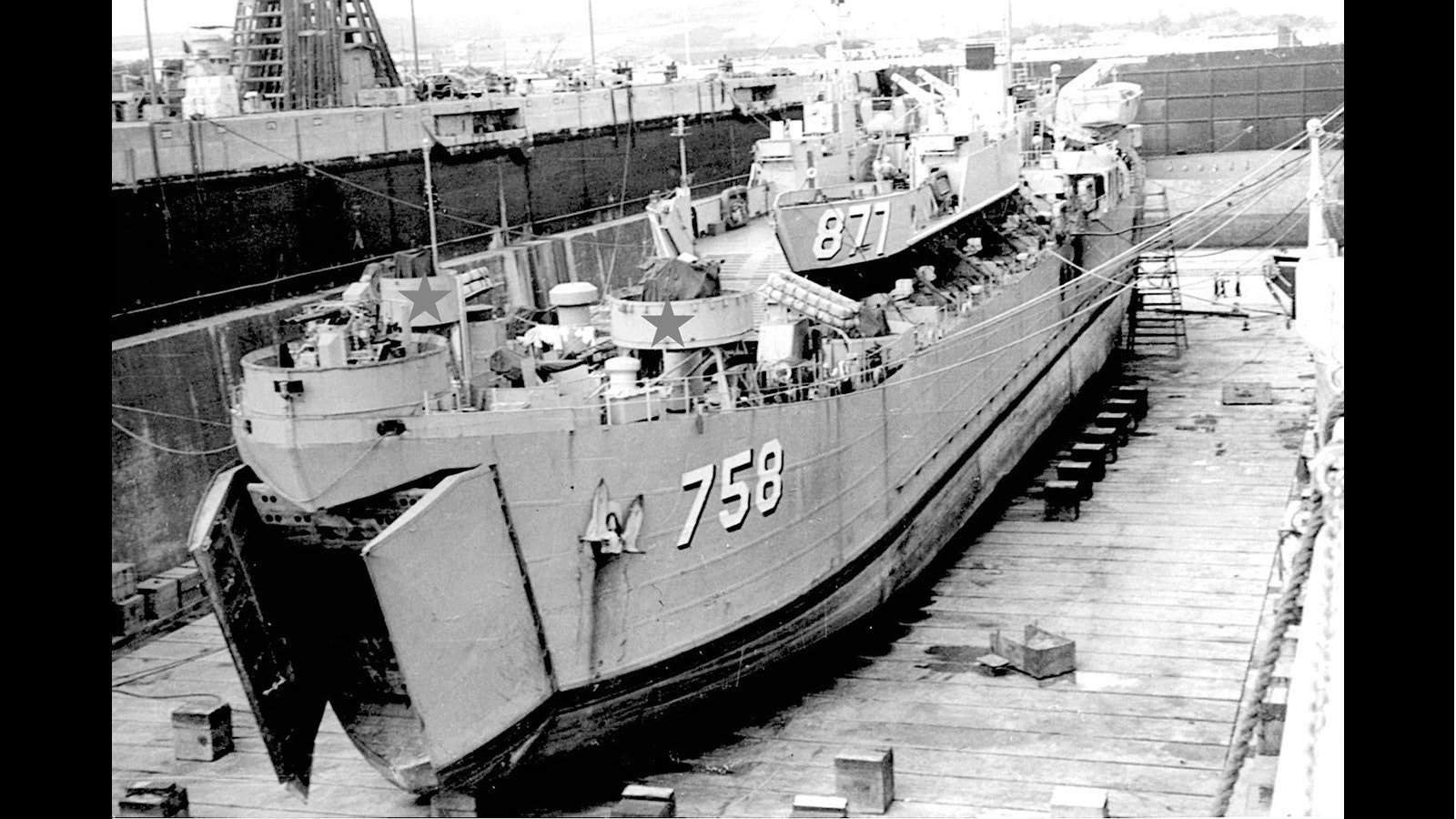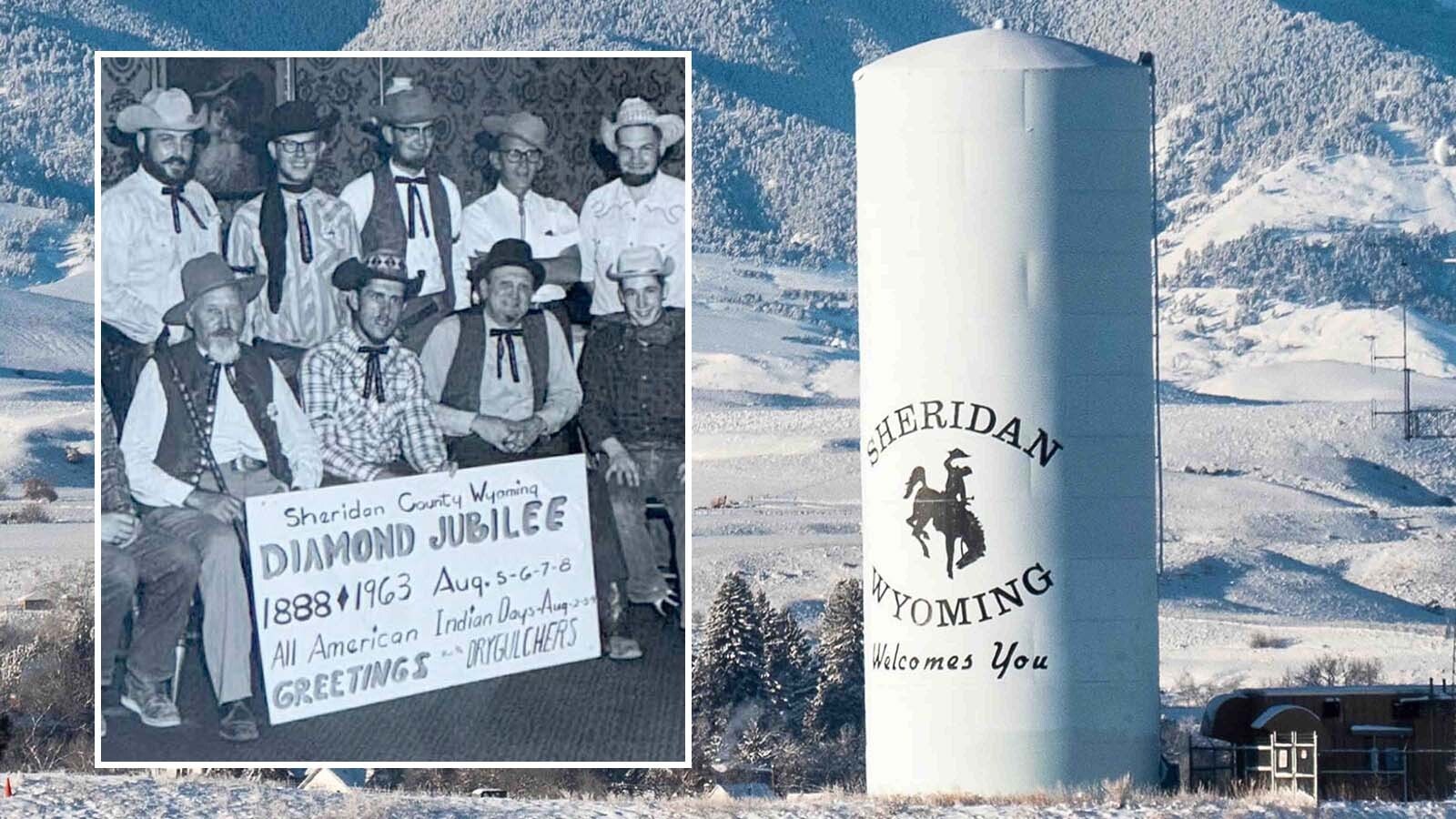Donald Siegel was forged of a different generation.
Not the one in the 1960s that dropped acid, picked flowers and hoisted cardboard signs proclaiming, “Hell no, we won't go!” Not the one today that finds healthy young men playing video games in their parents’ basements until they get that oppressive student loan debt under control.
In Siegel’s time, when America fell under attack, baby-faced kids too young to vote lied about their age so they could put on a uniform and serve their country.
They were a different breed. They built their own homes with their own hands. They married young and stayed married until death.
They built this nation, and there are precious few left.
Donald Siegel is one of them.
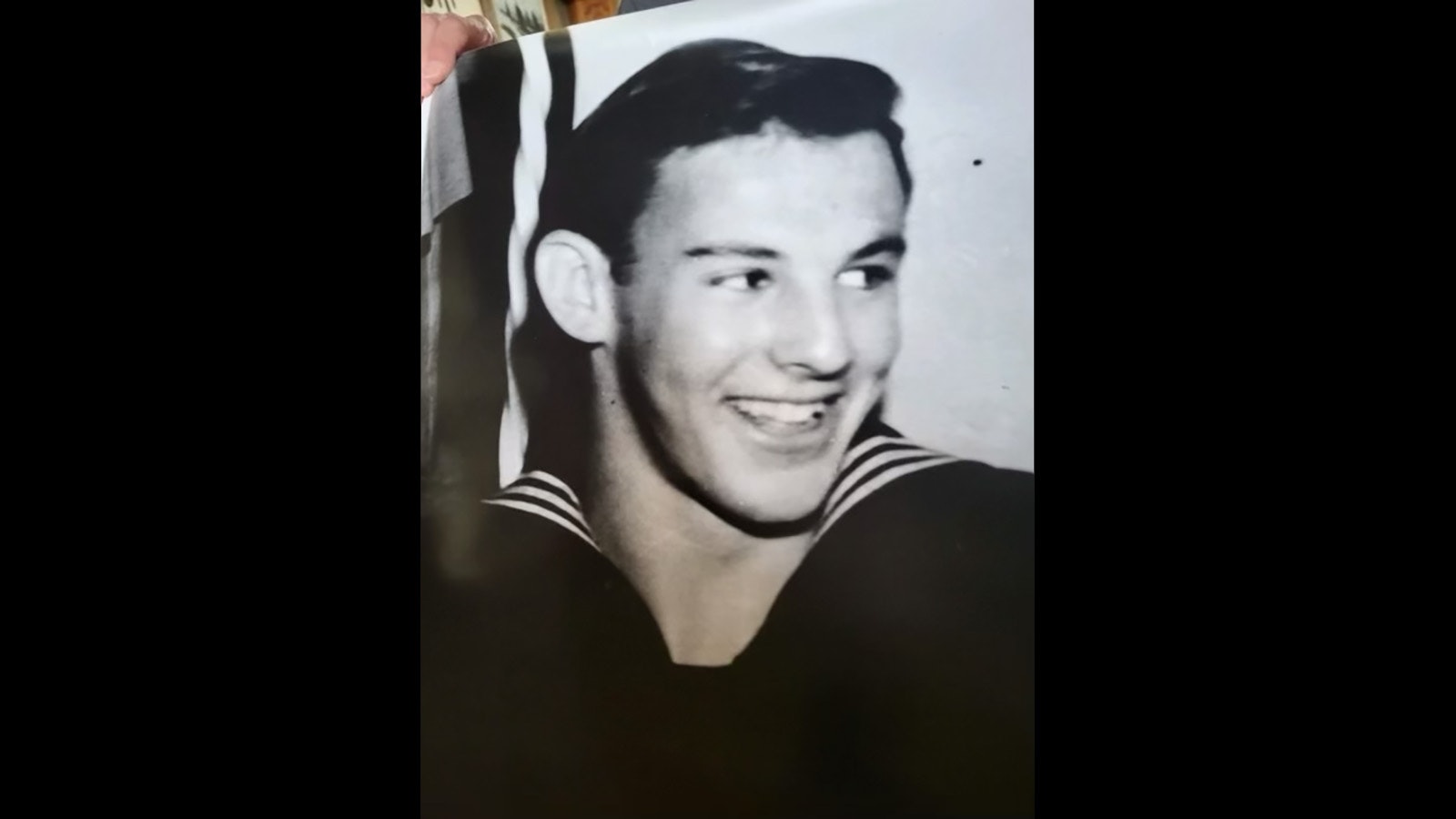
Early Years
There are many things Donald will take to the grave. Even Diane admits her husband never talked about the war, and rarely about much else from his earlier days.
“Whenever I would ask him, he wouldn’t say much, just something short and unintelligible. It was obvious he did not want to talk about it,” Diane told Cowboy State Daily. “Donald has a wonderful way of experiencing something and then moving on from that.
“Once they are over, he puts these past experiences away. He leaves his memories behind like finished chapters of a book.”
As Donald Siegel closes in on 99 revolutions around the sun this Oct. 27, maybe he’s found the key to longevity. Putting away heavy burdens and moving forward. Always.
Or maybe it’s just in the genes. Donald’s father, Horace, lived to be 98.
Whatever Donald Siegel’s fountain of youth, it is plain remarkable he lived to see 21.
Born in Butte, Montana, Siegel’s family moved to Salt Lake when Donald was 4 years old. He grew up like any other kid in America; maybe a bit more well off.
Horace was VP of the Stokermatic Co. and later founded Western Rock Bit Manufacturing Co.
Donald’s grandfather, Solomon, was a successful clothing merchant in SLC when he was just 20 years old. He got started thanks to uncles Henry and Joseph — Bavarian-born haberdashers who migrated westward from Baltimore and eventually founded two clothing stores in Salt Lake as well as a mining company.
America Enters World War II
When the Japanese bombed Pearl Harbor, thrusting the United States into World War II, Donald had barely turned 17. Like many Americans, Siegel listened transfixed to the family radio as the words of President Roosevelt confirmed the rumors.
“Yesterday, on Dec. 7, 1941 — a date which will live in infamy — the United States of America was suddenly and deliberately attacked by naval and air forces of the Empire of Japan.”
Donald told his parents he felt compelled to enlist. They understood his vigor — uncle Benjamin served in World War I — but they did not relish the idea of Donald running off to war at such a young age.
Eventually, fearful he may be drafted by the Army, Horace and Lynnie Jessie agreed to allow their son to join the Coast Guard. As it turned out, Donald would see plenty of bloody fighting behind the sights of a bow-mounted Bofors 40 mm automatic gun aboard an LST (landing ship, tank).
Affectionately referred to as “Large Slow Targets,” some 76 LSTs fully manned by the U.S. Coast Guard during World War II were instrumental in landing heavy equipment and troops onto the beaches of Normandy, Iwo Jima and Okinawa.
According to Allen Pace, communications officer aboard USS LST-386, most of these vessels were manned by inexperienced crew who came “straight from farms, factories, businesses and law firms. We had little to no naval experience. Many had never sailed on salt water before,” Pace wrote for Naval History Magazine in 1990.
Call Of Duty
Siegel’s primary duty was to help shoot down any Japanese “Zeros” that might attack during transport and to provide cover as his ship was unloaded on beachheads. He had not yet turned 21.
He was assigned to the LST-758 and joined by fellow gunners Carroll Scott (Augusta, Georgia), James Scott (Westmont, New Jersey) and Alan Share (Syracuse, New York) among the 120 or so crewmen known as the “Island Hoppers” under the command of Lt. Felix J. Molenda.
The vessel set sail for the Asiatic-Pacific Theatre on Aug. 19, 1944, where Siegel first survived a week of the U.S. assault and occupation at Iwo Jima from Feb. 19-26, 1945. Soon after that, he participated in the Battle of Okinawa, the bloodiest fighting in the Pacific where 50,000 allied troops were killed during the three-month siege. Siegel was assigned there from April 2 through May 30, 1945.
The biggest job gunners on LSTs had was to shoot down enemy war places before they could dive bomb into the lumbering sitting ducks.
Twenty-six total LSTs were lost in World War II, with five alone hit and sunk by kamikaze pilots during the conflict at Okinawa, resulting in 43 casualties and 105 wounded among the Coast Guard ranks. Siegel’s LST-758 was not among them.
Siegel’s crew performed some mop-up mine-sweeping operations in Fukuoka (Kyushu-Korea Area), from Nov. 28 to Dec. 14, 1945, before the ship returned to the U.S. and was decommissioned July 13, 1946.
Afterlife
Siegel was discharged at the same rank as he went in: petty officer 3rd class/gunner’s mate. He did not seek advancement. He only wanted out alive.
“He always says he didn’t care about rank or a career in the military. He was very happy to just be able to get out honorably,” Diane said.
After service, Donald met and married Carol McKenna in 1950 and the couple settled down in Ketchum, Idaho. They enjoyed more than 40 years of wedded bliss until Carol’s death in 1992. Not long after, Donald and Diane were wed. They are celebrating 30 years of marriage this year.
Diane remembers not long into their marriage Donald proposed again: a move to Jackson, Wyoming.
“He said, ‘I've always wanted to live in Jackson Hole,’” Diane divulged. “I told him I, too, had always wanted to see Jackson Hole and what that would be like to live there. I have family in California, so I thought as long as I’m near an airport, let’s go.”
The couple moved to just outside of Teton Village in 1994 and built their own home on 8 acres, where they live today.
“We have a really nice home,” Diane said. “So nice, whenever I suggest to Donald we should go out he says, ‘I've seen everything there is to see out there, why would I want to go out? He enjoys being here at home these days.”
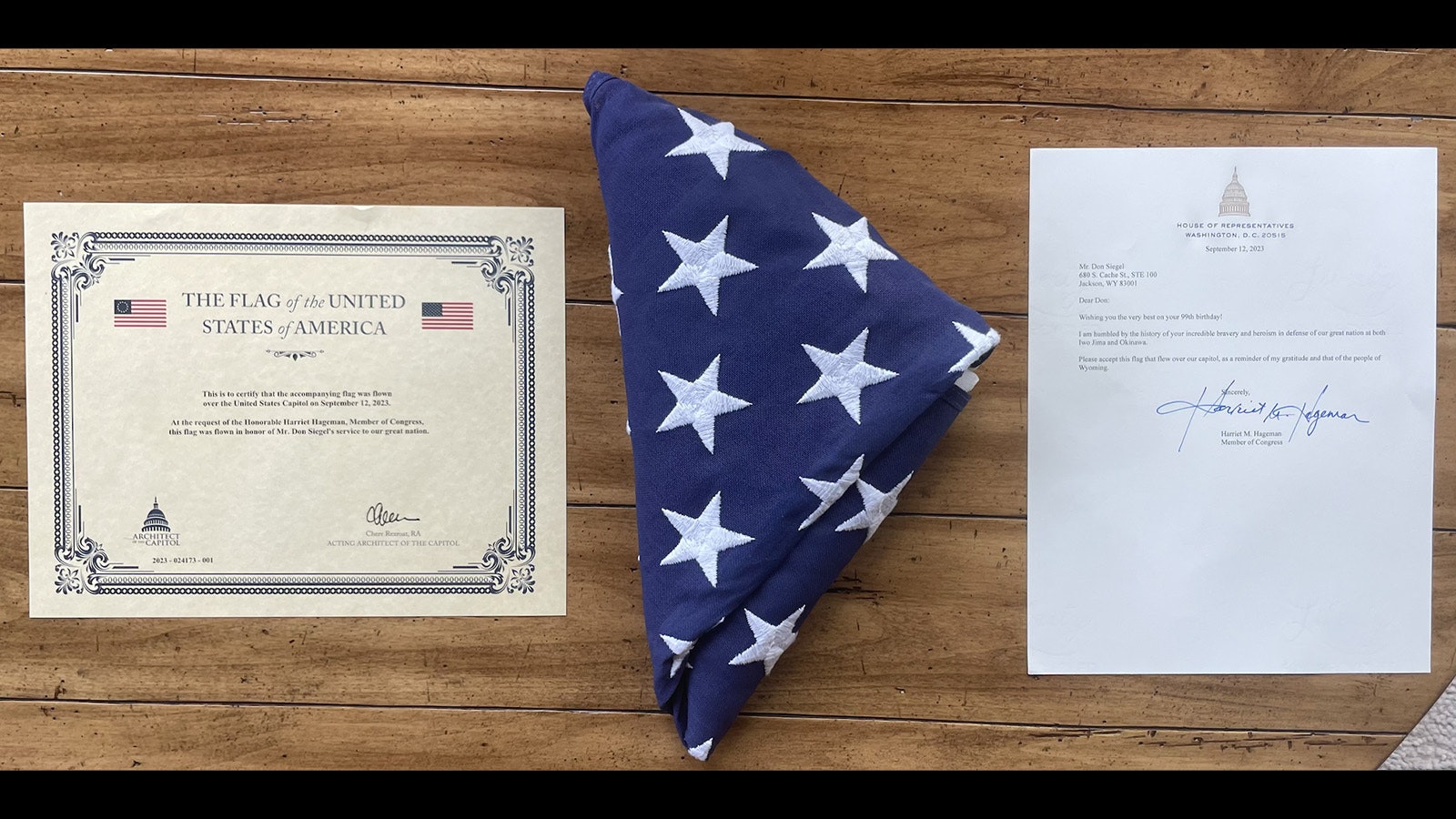
Bravery Recognized
Jackson locals Jim McKinney, Justin Adams and Rebecca Bextel became aware of Siegel and his extraordinary service to country. They contacted U.S. Rep. Harriet Hageman, R-Wyoming, and suggested he be honored in some way.
Hageman commissioned a flag to be flown at the U.S. Capitol on Sept. 12 in recognition of Siegel’s bravery and heroism in defense of the nation. The flag was then presented to Donald at his home on Sept. 19 as a reminder of the gratitude of the people of Wyoming.
“It was really an honor for him to get this beautiful flag. He was touched,” Diane said.
Donald is unable to communicate effectively with anyone other than his wife these days. When she asked him this week what number was the LST he was assigned to he responded immediately.
“Some things, like your birthdate, I guess, you just know without thinking,” Diane said. “I asked him today when he woke up and without hesitating he said, ‘seven fifty eight.’”
And then he grew quiet, reflective.

Jake Nichols can be reached at jake@cowboystatedaily.com.

